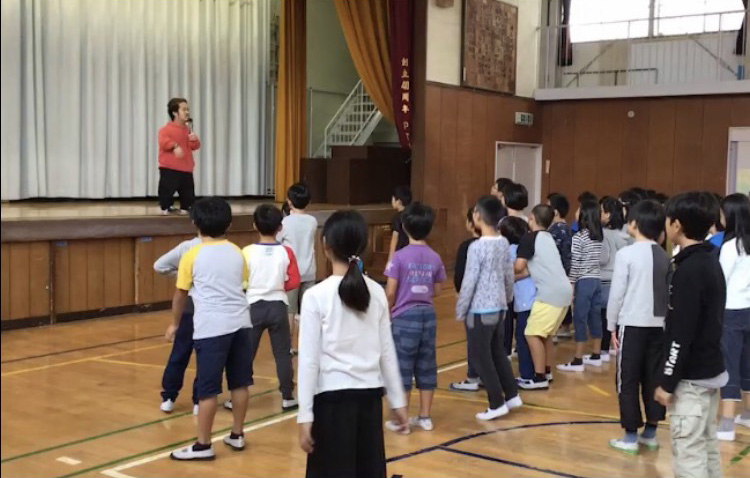voice
DAICHAN: “My life will not be understood unless I express myself, so that’s what I’ll continue doing”
By True Colors Festival Team
If you’ve seen our series #DiversityOnTheStreet, you would’ve had a window into DAICHAN’s world. This dancer — who performed at the True Colors DANCE event and in our music video “Stand By Me” — tells us more about his experience with achondroplasia.
Image description: DAICHAN, left, on stage at True Colors DANCE event in Tokyo, Japan, in 2019 / Photo by Ryohei Tomita.
Q: When did you first realize you had achondroplasia?
I first became aware of my disability when I entered elementary school. Until then, I had never really thought about the differences between myself and others since the other children were also little. But in elementary school, we had to have our height taken and in the first grade, I was 99cm tall. The following year, I only grew 1cm, while the other kids around me were growing exponentially. I was bullied for being different from the others, and it was not easy for me. When I was in the fifth grade, I did some research about my disability and learned that it affects one in 20,000 people and there are 6,000 people in Japan with achondroplasia.
Q: Growing up, what were some challenges you faced?
Many of the school’s facilities were not accessible to me. I had to negotiate with the school to get a new elevator and a lowered water tap installed. A teacher also invited me to speak in front of the entire school’s students about achondroplasia – it created conversation around an experience that was new for the school and the students as it was for me. I’ve always loved physical education classes, though I have faced many difficult situations throughout elementary, junior high, and high school.

Image description: DAICHAN as a boy.
Q: You had plans to obtain the license to teach Physical Education (PE). Could you tell us about that journey?
I’ve always been an active person, and in fact I build muscles easily. However, there are many sports which I was unable to participate in due to doctors’ orders, so all I could do was to observe such PE classes. My teachers never took into consideration the fact that it wasn’t by choice that I had to sit these PE classes out and graded me accordingly, which was poorly! This experience motivated me to become a PE teacher myself and I made it to the university. In the end, however, I didn’t qualify for the teaching employment exam after consulting with the school about my physical condition. So far, there hasn’t been a person with achondroplasia who has obtained a PE teacher’s license.
Q: What would a PE class taught by you have been like?
Ideally, the content of a PE class should be adapted to the needs of each student. For example, if it’s a basketball class, students who are observing can record the movements of those playing and give them feedback. That way, observers can participate actively in the game. In the case of volleyball, the height of the net can be adjusted to the proficiency level of each team. The purpose of physical education is not only about improving athletic ability or to perform in each sport perfectly, it’s about building teamwork and having fun.
Q: What are your plans for the future?
My life and my disability will not be understood unless I express myself, so that’s what I’ll continue doing. My current dream is to build a dance studio that’s accessible to people with achondroplasia and other disabilities, so that they can dance barrier-free as though they are at home. I would love to be part of a team that conceptualizes and creates a housing and facility environment for people with achondroplasia.

Image description: DAICHAN leading a dance workshop at an elementary school in 2019.






